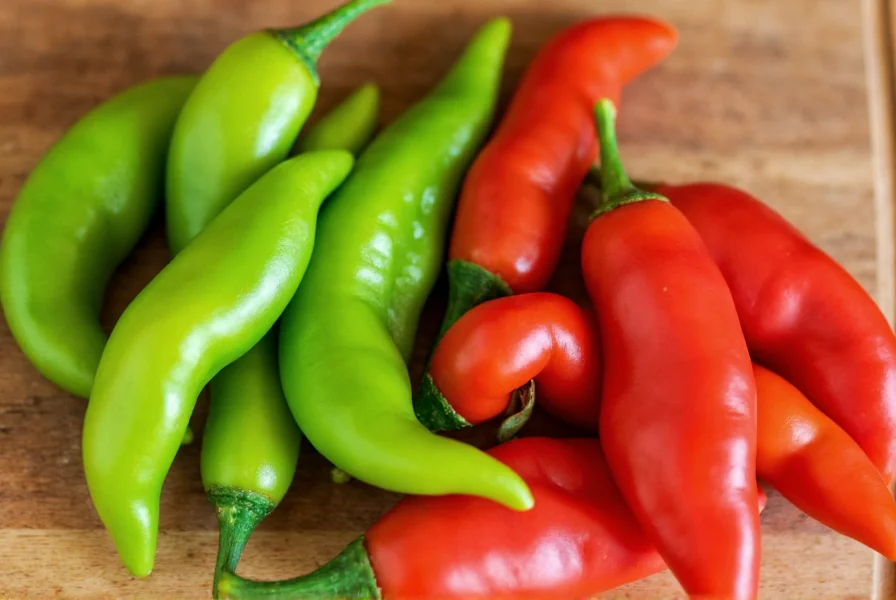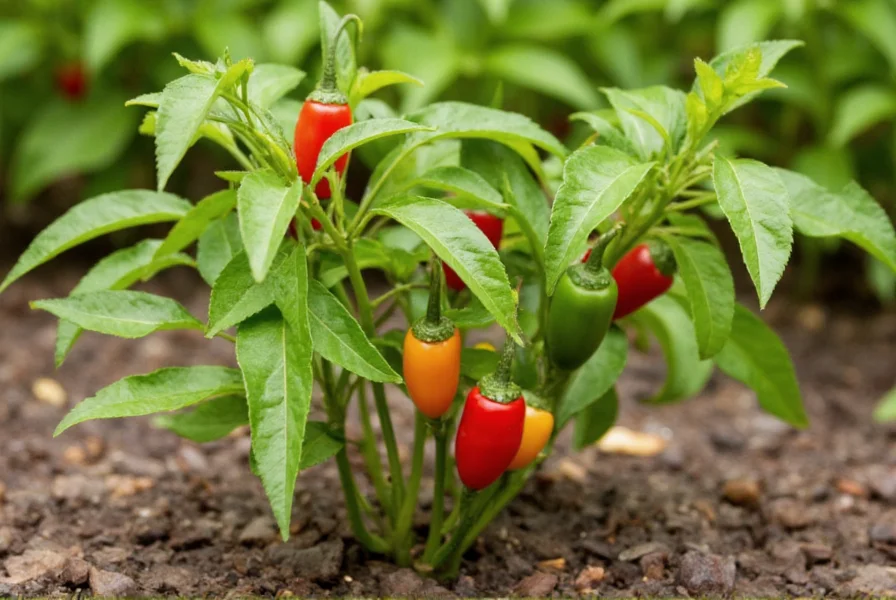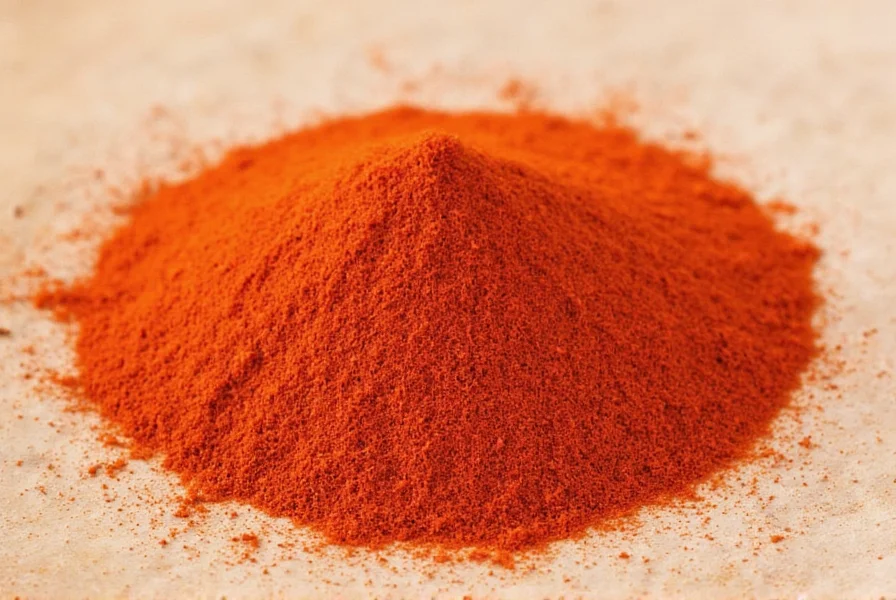Serrano chilies are a staple in Mexican cuisine, prized for their bright, grassy flavor and reliable heat. Understanding their precise spice level helps home cooks and chefs incorporate them effectively into recipes without overwhelming dishes. Unlike some chilies that vary wildly in heat, serranos maintain a relatively consistent spiciness profile, though several factors can influence their final heat level.
Understanding Serrano Chili Heat Measurement
The Scoville scale measures chili pepper heat by determining capsaicin concentration—the compound responsible for spiciness. Serranos register between 10,000-23,000 SHU, which means they contain 10,000-23,000 times more capsaicin than would be needed to neutralize their heat in sugar-water solution.
Several factors affect serrano chili spice level:
- Color maturity: Green serranos (less mature) tend toward the lower end of the heat spectrum (10,000-15,000 SHU), while red serranos (fully mature) often reach 18,000-23,000 SHU
- Growing conditions: Stressors like inconsistent watering or nutrient deficiencies can increase capsaicin production
- Individual variation: Like all chilies, serranos show natural variation between plants and even between pods on the same plant
- Preparation method: Removing seeds and white membranes significantly reduces perceived heat
| Chili Pepper | Scoville Heat Units | Heat Comparison to Serrano |
|---|---|---|
| Bell Pepper | 0 SHU | 0x (No heat) |
| Jalapeño | 2,500-8,000 SHU | 2-4x milder than serrano |
| Serrano | 10,000-23,000 SHU | Baseline |
| Cayenne | 30,000-50,000 SHU | 1.5-2x hotter than serrano |
| Habanero | 100,000-350,000 SHU | 5-15x hotter than serrano |
Practical Applications in Cooking
Knowing the serrano chili spice level helps determine appropriate usage in recipes. These peppers work well in salsas, guacamole, and as a fresh garnish. Their thinner walls compared to jalapeños mean they cook faster and integrate more seamlessly into dishes.
When substituting serranos for other chilies:
- Replace 1 jalapeño with ½ serrano for similar heat levels
- Use 1 serrano in place of ¼ habanero for moderate heat
- For milder dishes, remove seeds and membranes before chopping
Professional chefs often roast serranos before incorporating them into sauces to develop their natural sweetness while maintaining their characteristic heat. The serrano chili pepper spiciness scale position makes them versatile for dishes requiring noticeable but not overwhelming heat.

Handling Serrano Peppers Safely
Due to their medium-to-high heat level, proper handling prevents discomfort:
- Always wear gloves when handling serranos, especially when cutting multiple peppers
- Avoid touching your face, particularly eyes, during preparation
- Wash hands thoroughly with soap after handling, even with gloves
- If skin irritation occurs, apply milk or yogurt to neutralize capsaicin
Many home cooks wonder are serrano peppers hotter than jalapeños—the answer is consistently yes. Serranos typically deliver 2-4 times more heat than standard jalapeños, making them a step up for those building heat tolerance.
Growing Serrano Peppers
Gardeners can influence serrano chili spice level through cultivation practices:
- Provide consistent watering (drought stress increases heat)
- Use balanced fertilizer (excess nitrogen reduces capsaicin)
- Harvest earlier for milder green peppers, later for hotter red varieties
- Allow peppers to fully mature on the plant for maximum heat development
Homegrown serranos often exhibit more variation in heat than commercial varieties, as growing conditions directly impact the serrano pepper heat range. This natural variation makes tasting individual peppers before use advisable when cooking.

Frequently Asked Questions
How does serrano pepper heat compare to jalapeño?
Serrano peppers are significantly hotter than jalapeños, typically measuring 2-4 times the heat. While jalapeños range from 2,500-8,000 Scoville units, serranos register between 10,000-23,000 SHU. This makes serranos a noticeable step up in heat while maintaining a similar flavor profile.
Can I reduce the heat of serrano peppers in cooking?
Yes, you can significantly reduce serrano chili spice level by removing the seeds and white membranes (placenta), where most capsaicin concentrates. Soaking chopped serranos in salt water for 10-15 minutes also draws out some heat. Cooking methods like roasting or boiling can mellow their spiciness while preserving flavor.
What's the best substitute for serrano peppers?
The best substitutes depend on your heat tolerance. For similar heat, use fresh green cayenne peppers. For milder alternatives, jalapeños work well (use 2:1 ratio). Thai bird chilies provide comparable heat but different flavor. In cooked dishes, a combination of jalapeño and a pinch of cayenne pepper often mimics serrano's profile effectively.
Do red serrano peppers taste different from green ones?
Yes, red serrano peppers have a slightly sweeter, fruitier flavor compared to the brighter, grassier taste of green serranos. The red varieties also tend to be hotter, typically measuring 18,000-23,000 SHU versus 10,000-15,000 SHU for green. Both colors work well in cooking, with red serranos often preferred for sauces where their sweetness balances the heat.
How should I store fresh serrano peppers?
Store fresh serranos in a paper bag in the vegetable crisper drawer of your refrigerator for up to three weeks. For longer storage, freeze whole peppers in an airtight container for 6-8 months—they'll lose some crispness but retain flavor and heat. Drying serranos creates potent dried chilies that can be stored for a year when kept in an airtight container away from light.











 浙公网安备
33010002000092号
浙公网安备
33010002000092号 浙B2-20120091-4
浙B2-20120091-4